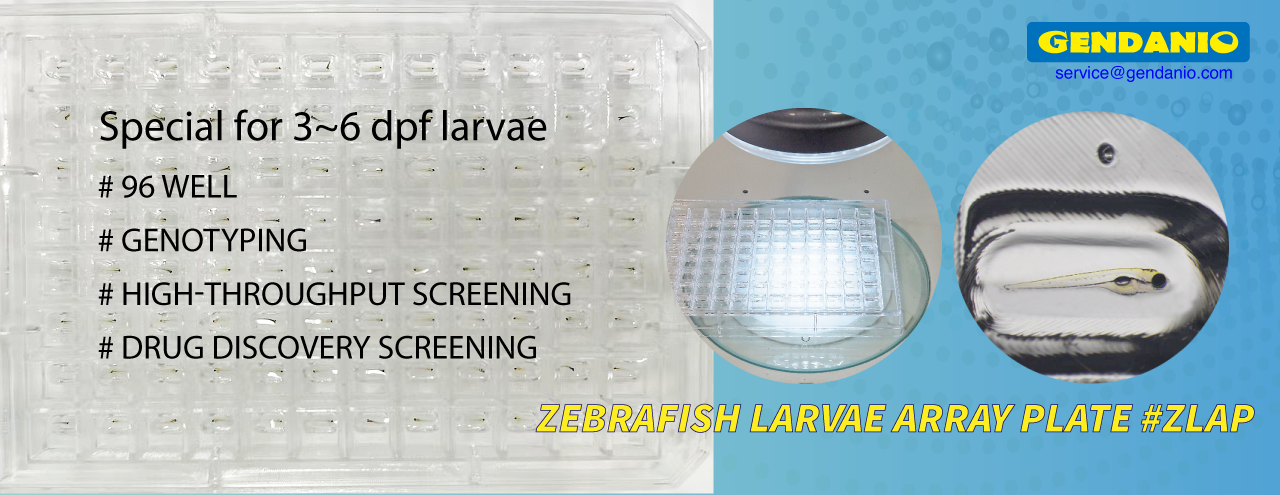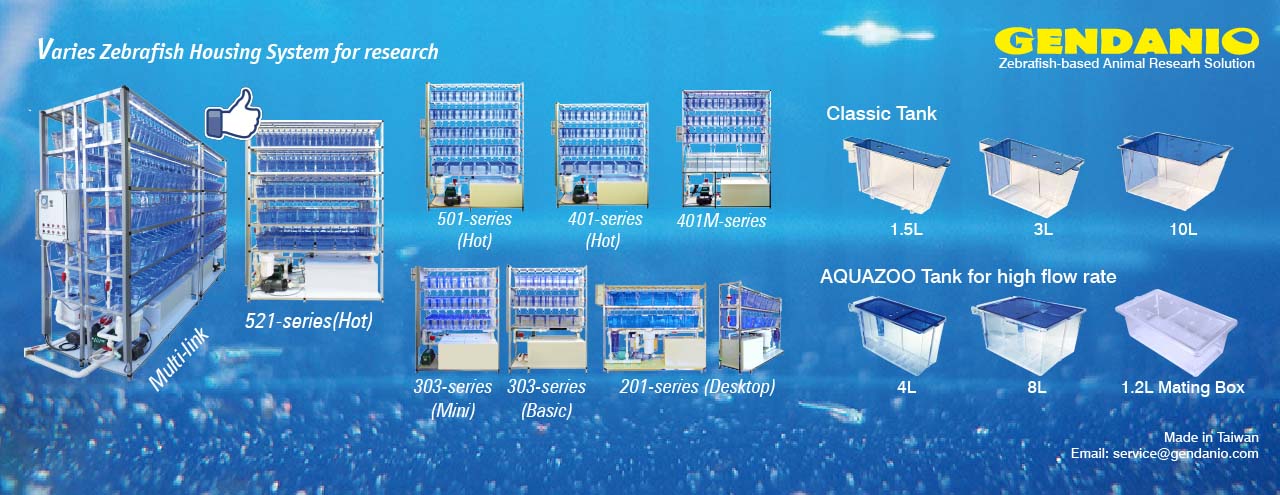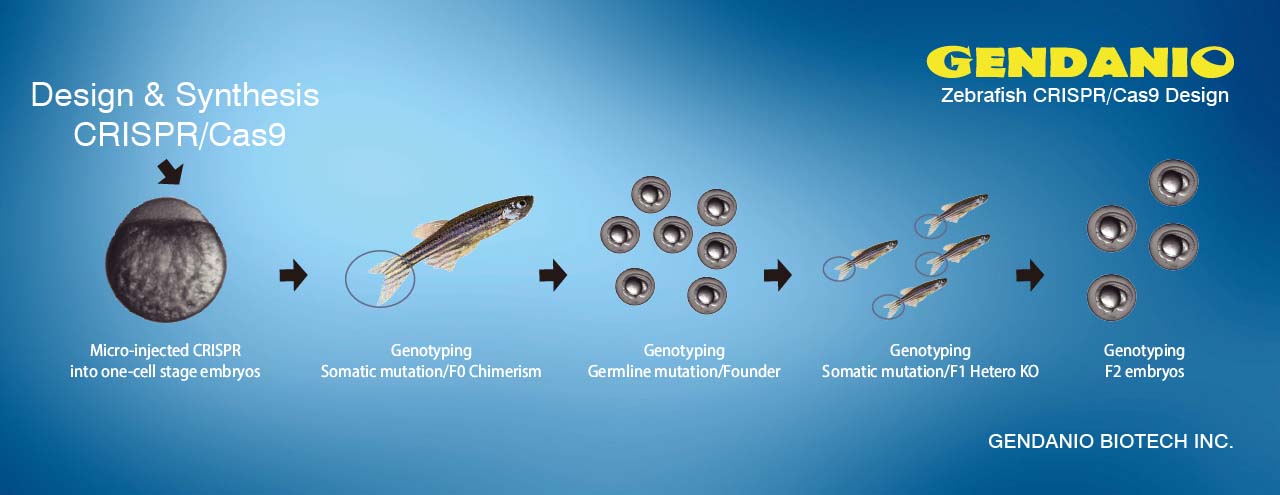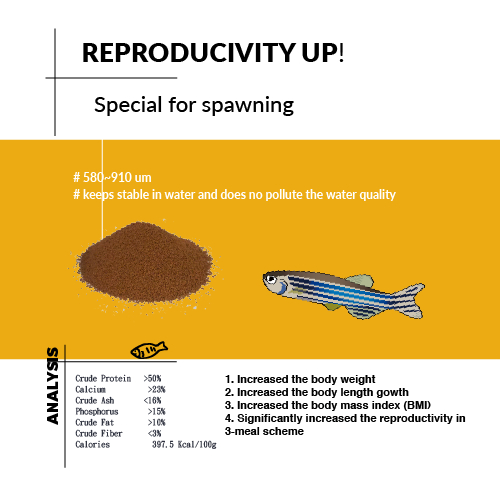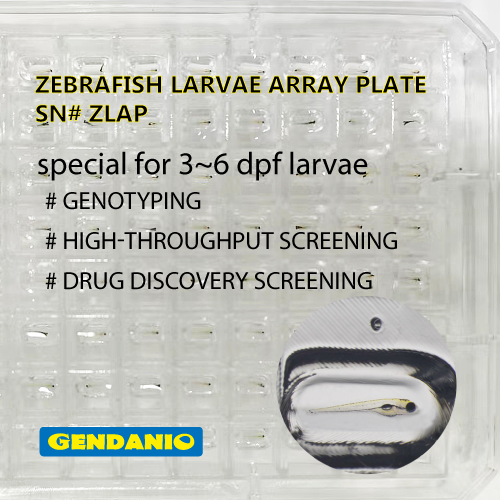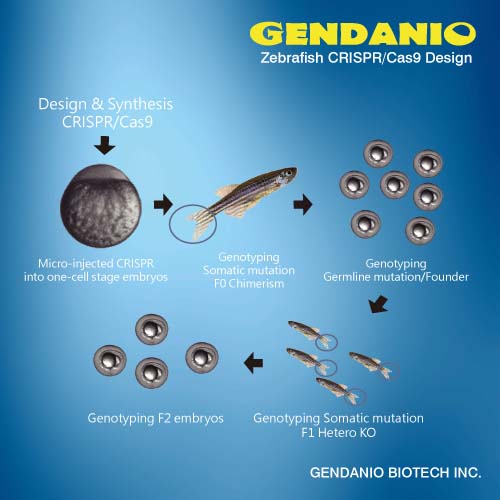As a pet, zebrafish may lack the charms of a cocker spaniel, a house cat or even an iguana. But as a model organism, Danio rerio is ideal for understanding the genetic control of development and, ultimately, human disease.
Danio rerio is ideal for understanding the genetic control of development and, ultimately, human disease.
“Zebrafish combine the advantages of a classical genetic model system, such as the common fruit fly, with a vertebrate biology, relatively inexpensive maintenance, a sturdy disposition and fecundity,” explains Darius Balciunas, an assistant professor in the Department of Biology. “A pair of zebrafish can lay a large number of eggs, which develop externally and are transparent enough that you can watch their development directly under the microscope.”
In addition to the fruit fly, many developmental biology experiments had traditionally been conducted with chicks or frogs. “Researchers could cut the chick eggs open, manipulate the developing embryo and see what happened,” says Balciunas, “but it is much more difficult to study gene function in chicks and frogs.”
In the late 1970s, researchers at the University of Oregon turned their attention to the zebrafish. Their work inspired others, particularly the Nobel Laureate Christiane Nusslein-Volhard, to isolate a very large number of mutants affecting various aspects of embryogenesis. “The next step is to identify the exact mutation, usually a single nucleotide substitution, that is causing the developmental abnormality,” explains Balciunas. “Not a trivial task when the genome is about 1.5 giga, or billion, nucleotides in size.”
Balciunas has been working with the zebrafish species for more than a decade, first during his postdoctoral days at the University of Minnesota and, since 2007, here at Temple University. His current research, funded by a five-year National Institutes of Health Research Grant, focuses on developing better insertional mutagenesis methods to analyze the role different genes play in the embryonic and postembryonic development of zebrafish.
Insertional mutagenesis begins by inserting a transposon — a piece of DNA that is able to skip across the genome — into a zebrafish embryo. “Our transposons integrate into the genome and then mutate the genes into which they integrate,” says Balciunas, “And, with the help of a fluorescent reporter, tell us where a particular gene is expressed, whether it is in the nervous system, pancreas, or, my interest, the heart. We can then use the integrated transposon DNA as a molecular tag to readily identify the mutated gene.”
The most advanced vectors Balciunas and his students are currently testing should enable turning the mutated gene on and off in specific tissues. “The fish have the ability to regenerate body parts, such as a fin or heart, without any scarring,” says Balciunas. “The ability to turn genes on and off at will makes it possible to study the genes required to grow back a fin or mend a heart, looking at the effect of gene mutation not only on development but also on regeneration.”
The insertional mutagenesis is carried out in collaboration with several other investigators in the Department of Biology and Sbarro Institute of Cancer Research and Molecular Medicine who are interested in understanding the development of the pancreas and the nervous system as well as behavior. One zebrafish mutant Balciunas’ lab has isolated causes a complete lack of pectoral fins and severe heart abnormalities leading to very low survival rates. In humans, this same gene plays a role in a condition known as Holt-Oram Syndrome, which causes very short arms as well as different cardiac defects, most prominently a defect in the muscular walls that separate the right and left sides of the heart.
“What is interesting about Holt-Oram is that not every person born with the genetic mutation has the same physical abnormality, either in the length of the affected limbs or in the degree of cardiac defect,” says Balciunas. “Why are some people more affected than others? Are there additional gene interactions taking place that are responsible for making Holt-Oram more or less severe? We just don’t know yet, but we hope to find out using a zebrafish model of the disease.”
For Balciunas insertional mutagenesis is “expanding the genetic tool box used to study gene function. Ultimately, we work with zebrafish with the idea that the findings we make are going to be directly or indirectly applicable to understanding human physiology and human disease.”
Soruce: www.temple.edu


